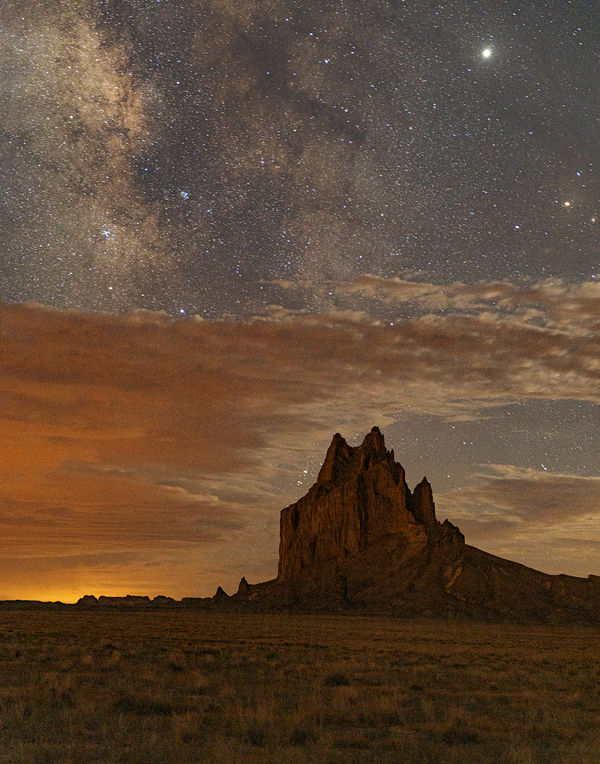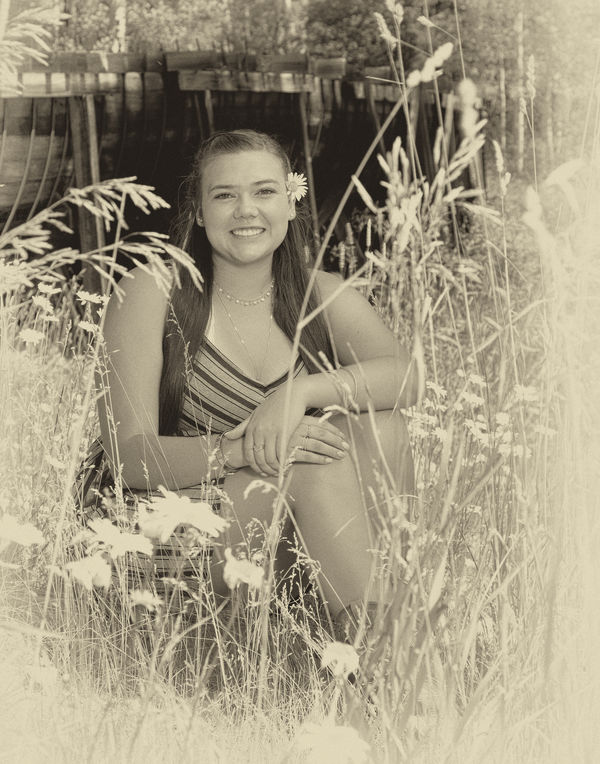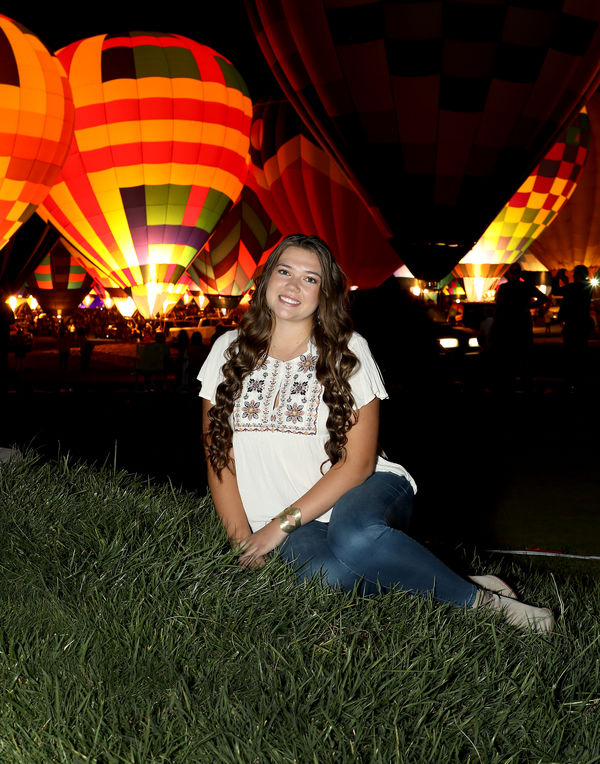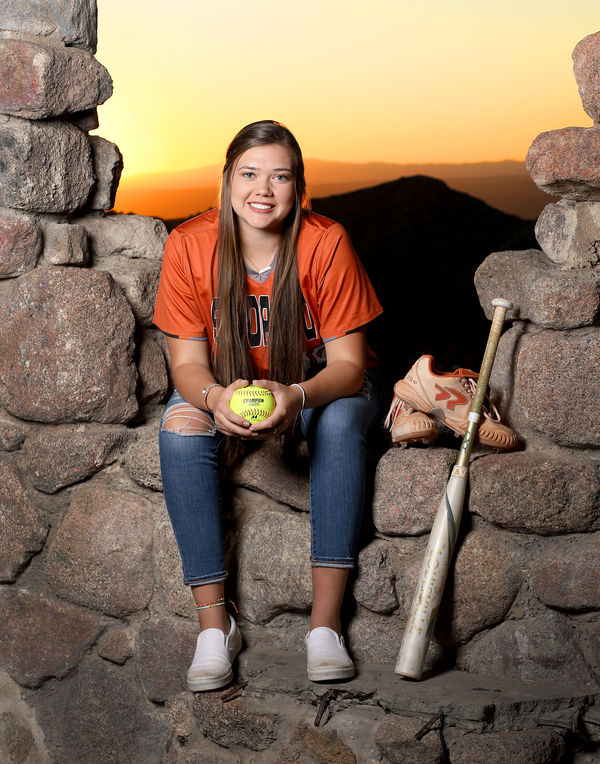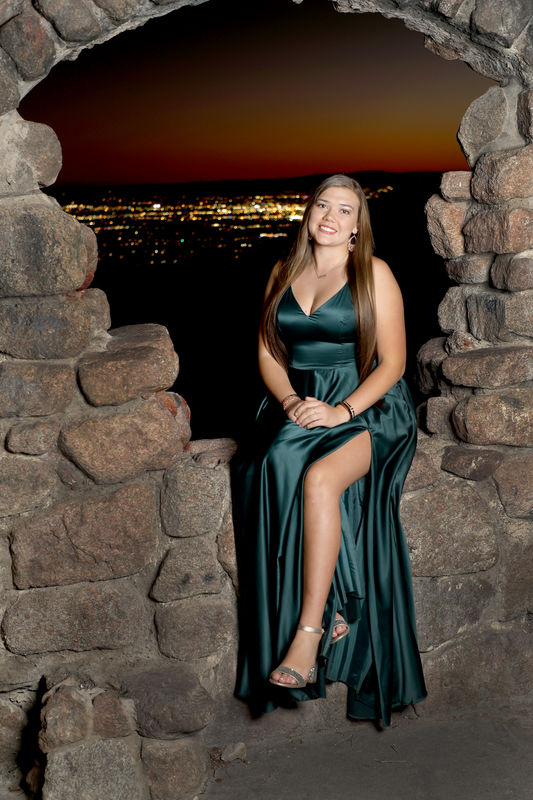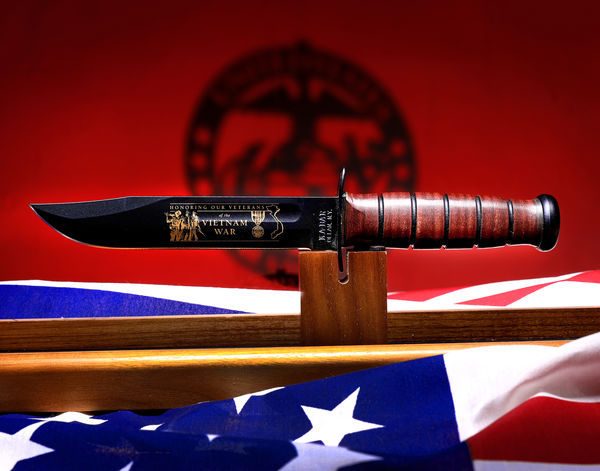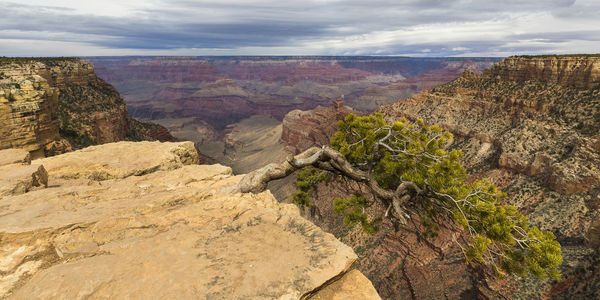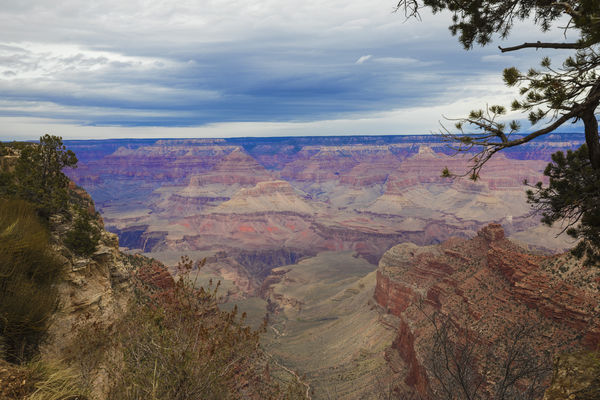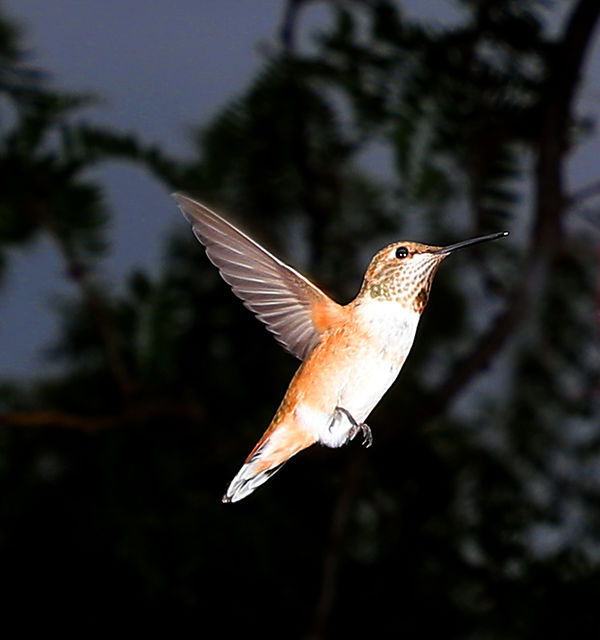Posts for: billnourse
Nov 14, 2019 08:29:48 #
Shot a couple of months ago. ISO 2500, 20 seconds, f2.8
Nov 14, 2019 08:01:28 #
Some of the senior pics. of my granddaughter
Feb 27, 2019 08:03:23 #
Haven't posted in a while, but this week's assignment was table top/still life, and I liked the way this came out. This is a single image using studio strobes with minimal post processing. No stacking or other tricks.
Feb 12, 2019 13:53:37 #
DanielB wrote:
Not 10K ISO - I can't think of an instance where I'd even want to shoot in light that makes that necessary.
Shoot some night time high school sports where high shutter speed is needed. I have had to shoot 8 to 10,000 often.
Feb 12, 2019 08:09:46 #
Last time I was there I took everything in the 16-35mm range on a full frame. That would be EF-S 10-22 on your crop sensor. It was cold, wet and rainy so I didn't do a lot of lens changing or pans. It appears to me that you already have about what you need.
Feb 6, 2019 08:29:11 #
I have both lenses, but in f2.8. I find the 70-200 to be too long for indoor sports like basketball if you are shooting under the basket. The 24-70 is just about right. The 70-200 I use for outdoor sports, and on a FF camera it is sometimes too short even when shooting from the sidelines and for wildlife it often comes up short.
I use the 24-70 and the 70-200 both when shooting portraits, depending on what look and DOF I am after.
These lenses are for different purposes and to choose one over the other depends entirely on the intended use. That being said, you already have the equivalent of 24-70 with the 18-135, you are just losing 1 f stop at the telephoto end. So the adding 70-200 will give you greater range overall.
Bill
I use the 24-70 and the 70-200 both when shooting portraits, depending on what look and DOF I am after.
These lenses are for different purposes and to choose one over the other depends entirely on the intended use. That being said, you already have the equivalent of 24-70 with the 18-135, you are just losing 1 f stop at the telephoto end. So the adding 70-200 will give you greater range overall.
Bill
Feb 4, 2019 08:18:16 #
Santa Fe to Taos via the "High Road". Some interesting old churches and beautiful scenery. Rio Grande Gorge Bridge 15 miles West of Taos. Enchanted Circle, Taos, Red River, Angel Fire back to Taos. VietNam Veterans Memorial in Angel Fire.
Jan 30, 2019 08:40:11 #
I use auto ISO for lighted sporting events. I want the shutter speed and aperture set in manual and with changing low light conditions auto ISO gives me flexibility to not worry about exposure.
Jan 25, 2019 08:51:37 #
According to DXOMark's testing, you would be going backward with the Nikon 850 as far as low light goes. The Canon 5dMk4 is rated at 2995 ISO and the Nikon 850 at 2660.
I find high ISO with the 5D Mk4 to be very acceptable but if 10,000 is more than you can accept, why are you shooting at 1/5000 of a second? I shoot sports such as soccer, basketball and football from 1/400 to 1/1200 sec. depending on the lighting. 1/1000 of a second will stop all but the fastest movement and that would give you about 3 f stops lower ISO or about 1600 ISO. At 1600 ISO I find the 5D mk4 to be excellent.
Bill
I find high ISO with the 5D Mk4 to be very acceptable but if 10,000 is more than you can accept, why are you shooting at 1/5000 of a second? I shoot sports such as soccer, basketball and football from 1/400 to 1/1200 sec. depending on the lighting. 1/1000 of a second will stop all but the fastest movement and that would give you about 3 f stops lower ISO or about 1600 ISO. At 1600 ISO I find the 5D mk4 to be excellent.
Bill
Jan 25, 2019 08:18:12 #
I have a 24-105 L II that is on my camera most of the time. It is a good all around lens on a full frame camera. If you have a crop frame, it is not going to be so versatile as it will yield a focal length of 38-168. This will be alright on the long end, but not be wide enough on the short end in my opinion.
On a crop frame, I really like the 18-135 3.5-5.6 USM (28-216 equivalent). It is sharp, light and fast focusing, but it does loose a stop of light at the big end compared to the 24-105 f4. It would be equivalent to the 24-105 3.5-5.6 as far as f stop goes.
Bill
On a crop frame, I really like the 18-135 3.5-5.6 USM (28-216 equivalent). It is sharp, light and fast focusing, but it does loose a stop of light at the big end compared to the 24-105 f4. It would be equivalent to the 24-105 3.5-5.6 as far as f stop goes.
Bill
Jan 19, 2019 08:21:54 #
I just shot 2 high school BB games for my granddaughter and got a lot of usable shots. I can post a couple if you would like. I shot everything in manual at 1/500 sec. f2.8 and auto ISO. I don't concern myself with DOF when shooting sports because all I want in focus is the targeted action. I found that at that setting the ISO was typically 4,000 to 6,400. Without the benefit of a 2.8 lens, you are going to be shooting with ISO's twice that. I'm not sure how your 5600 will handle that kind of ISO. You might be able to drop the shutter speed to 1/400 or so and help some.
There was another photographer at the first game shooting a Canon Rebel T6 and even though he had an f2.8 lens, the ISO he had to shoot was preventing him from getting what he wanted because the camera did not have very high ISO capability. Anything above 3,200 for him was resulting in poor image quality.
High school gyms are tough because of the lighting and is an area of photography where equipment does make considerable difference
There was another photographer at the first game shooting a Canon Rebel T6 and even though he had an f2.8 lens, the ISO he had to shoot was preventing him from getting what he wanted because the camera did not have very high ISO capability. Anything above 3,200 for him was resulting in poor image quality.
High school gyms are tough because of the lighting and is an area of photography where equipment does make considerable difference
Jan 18, 2019 09:15:05 #
junglejim1949 wrote:
I purchased a carbon fiber MeFoto Global Trotter tripod. It comes with a quick release PMU 60. My question is, should I leave it attached to my 80D or take it off if not using tripod? Also, would you suggest buying a spare? It is pricey at $28 but I would like to have the right plate.
Thanks,
Jim
Thanks,
Jim
I have an Arca Swiss L bracket for the quick release that I leave on the camera all the time. If I only had a plate, I would leave it on the camera all the time. What is the point of a quick release if you are going to take off of the camera after every use. Might as well just use a threaded mount.
I also have a PMU 60 plate that I leave on my 70-200 f2.8 lens all the time. I know of no reason to buy a spare unless you need it for something. The MeFoto clamp is a standard Arca Swiss and you can get plates anywhere and usually for less than 28.00. From Amazon: Neewer 8.99, Breakthrough 9.97, Desmond 2 pack 12.95.
Bill
Jan 17, 2019 08:35:46 #
Jan 17, 2019 08:09:34 #
Thomas902 wrote:
"...This means that a studio light is not as suitable as a speed light is when it comes to freezing very fast motion..." Really?
Wow!! What a shot.
Jan 17, 2019 07:49:17 #
Boris Ekner wrote:
Location is a dark balcony in Guatemala City facin... (show quote)
I have to disagree a little with this. My Flashpoint strobes have a speed of 1/250 sec. at full power (about the same as the 1/313 of your speedlight) to 1/10,100 sec. depending on power setting used. They also have HSS to 1/8000 sec., TTL capability and second curtain sync. There may be some strobes that fit your statement, but certainly not all. Also, my FlashPoints have their own battery packs and do not require cords.
FlashPoints can be had on sale for 500 to 700, so not much more than a top of the line speedlight.
Bill
